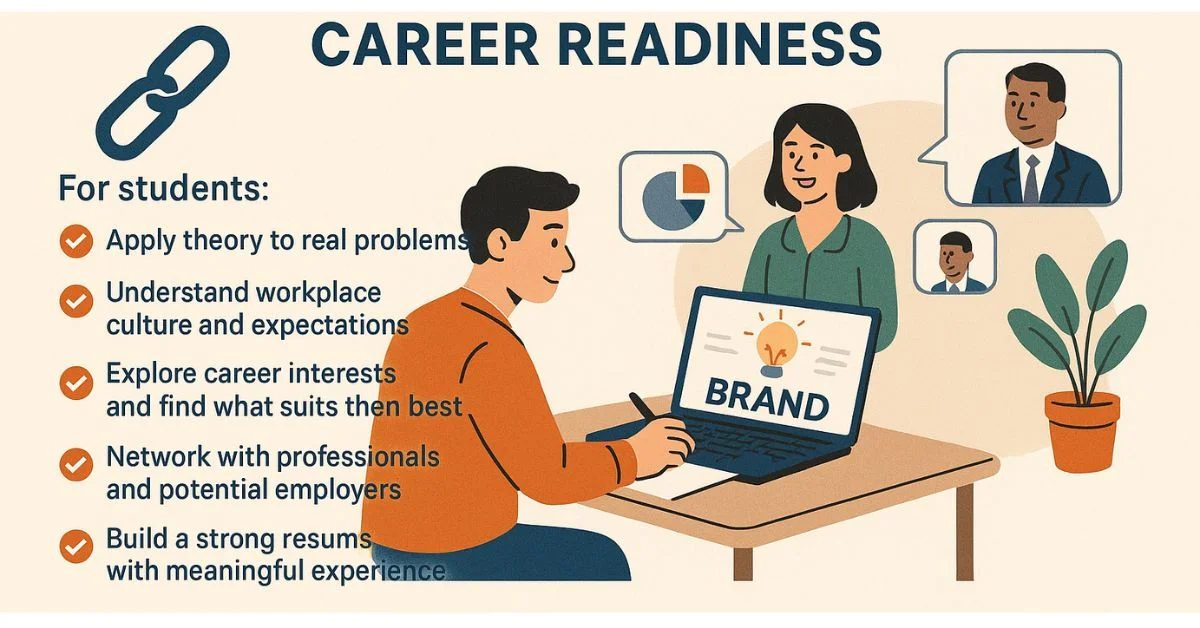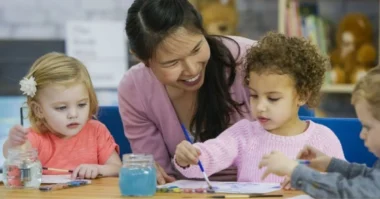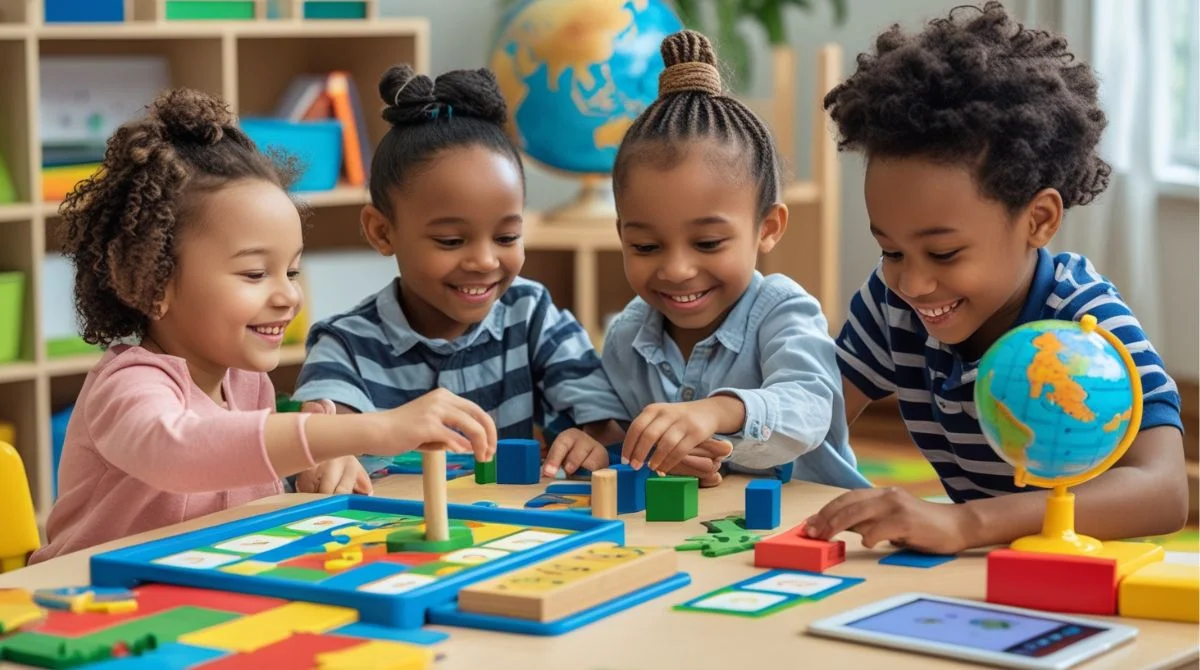Table of Contents
- Understanding the Role of People Who Help Us
- Everyday Community Helpers Who Keep Things Running
- Emergency and Safety Responders Saving Lives
- Education Workers Who Shape Our Future
- NGOs and Non-Profits Uplifting Communities
- How Children Learn About People Who Help Us
- Media and Resources That Teach Gratitude
- Public Service and School Community Support
- Conclusion
Every single day, we go about our routines, heading to work, school, or the grocery store, often without thinking about the many individuals who make it all possible. The bus driver, the teacher, and many others help us every day, often without recognition. These everyday heroes actively support the backbone of our society. They don’t wear capes, but their dedication keeps our communities strong. This article takes a deeper look into the lives and contributions of those who quietly serve and support us across countries like the US, UK, Canada, and many others.
Understanding the Role of People Who Help Us
1. Why Their Work Often Goes Unnoticed
People who help us are everywhere, yet their efforts often go unrecognized. Why? Because their work is usually behind the scenes or so routine that it fades into the background. We assume buses will run, classrooms will be open, and waste will be collected without considering the people making it happen. The shocking truth is that many of these helpers work long hours, often under stress, and sometimes in unsafe conditions, all to keep society moving.
Their roles might not come with fame or headlines, but they are just as crucial as those of CEOs or celebrities. The nurse checking your vitals, the delivery driver bringing your groceries, and the janitor keeping public spaces clean each play a vital part in our well-being. Their impact is massive, even if their names remain unknown.
2. Global Presence in the US, UK, Canada, and Beyond
Across the globe, from New York to London to Toronto, the people who help us share similar responsibilities. In the US, emergency workers, public school teachers, and sanitation staff are integral to community life. In the UK, the NHS is filled with unsung heroes who work tirelessly to care for others. In Canada, community volunteers and educators create support systems that empower neighborhoods.
These roles cross cultural and national borders. Whether in a bustling urban city or a quiet rural village, every community relies on people who help others selflessly. This shared reliance connects humanity in a deep and meaningful way.
Everyday Community Helpers Who Keep Things Running
1. Public Transport Workers, Shopkeepers, and Sanitation Staff
Take a moment to imagine your day without public transport. No buses, no trains, no trams. Now think of a world without your local shopkeepers or garbage collectors. Life would feel instantly more difficult. These community helpers actively keep our cities and towns running by providing essential services every day.
Public transport workers ensure we reach our destinations safely and on time. Shopkeepers and grocery staff keep food and goods within reach. Sanitation workers protect our environment and public health by managing waste efficiently. Without their daily efforts, our routines would be full of chaos.
2. The Impact of Their Work on Daily Life
Though often overlooked, the contributions of these helpers are deeply felt. They affect everything from our comfort and safety to our ability to work and study. Clean streets, full shelves, and on-time transport actively improve our daily quality of life.
Here’s what their presence brings us:
- Reliable access to goods and services
- Improved public hygiene and health
- A smooth and predictable daily routine
- Reduced stress in commuting and shopping
Recognizing their value encourages us to treat them with kindness and respect.
Emergency and Safety Responders Saving Lives
1. Firefighters, Police, and Paramedics
When emergencies strike, these are the people who rush toward danger while others run away. Firefighters, police officers, and paramedics put their lives on the line every day to protect ours. They handle intense situations with skill and make life-saving decisions within seconds.
Their roles demand courage, discipline, and compassion. They deal with house fires, traffic accidents, medical emergencies, and sometimes violent incidents. They face risks but continue serving their communities with unwavering commitment.
2. Real-Life Examples from Different Countries
NHS ambulance teams in the UK respond to millions of emergency calls each year. In the US, paramedics are often the first line of medical care in rural and urban areas alike. Canadian firefighters are known for their rapid disaster response during forest fires and floods.
These professionals not only save lives but also provide comfort to people during their worst moments. Their presence reminds us that help is always within reach.
Education Workers Who Shape Our Future
1. Teachers, Assistants, and School Staff
Education is a foundation for every society, and the people behind it deserve our appreciation. Teachers, classroom assistants, and school staff actively shape young minds by sharing knowledge, offering guidance, and providing strong moral support every day.
From lesson planning to classroom management, their work is both mentally and emotionally demanding. School administrators, janitors, and cafeteria workers also contribute by creating a safe and supportive environment for learning.
2. Emotional and Social Support in the Classroom
Beyond academics, school staff offer emotional support. They actively build children’s confidence, teach them empathy, and guide them through social challenges. This kind of guidance is essential for personal development.
Many teachers go beyond their job descriptions to support children dealing with trauma, learning difficulties, or family issues. They often act as role models and safe spaces for students in need.
Their work echoes long after students leave the classroom, influencing careers, choices, and values.
NGOs and Non-Profits Uplifting Communities
1. Local and International Organizations Making a Difference
Non-governmental organizations (NGOs) and non-profit organizations are built on one simple goal: helping others. These groups tackle issues that government services often can’t fully address, such as hunger, homelessness, education gaps, and emergency relief.
Organizations like UNICEF, the Red Cross, and World Central Kitchen are known globally, while local food banks and shelters work tirelessly in neighborhoods. Their efforts include distributing food, running schools, offering shelter, and providing medical help.
2. Stories of Hope and Change Across Countries
From distributing blankets in cold Canadian winters to delivering meals to isolated elders in the UK, these organizations touch lives every day. In disaster zones, volunteers rebuild homes and bring supplies. In refugee camps, they provide education and mental health support.
What unites them is the belief that every person deserves help, dignity, and hope. Their stories are powerful reminders of the impact people can make when they come together to serve others.
How Children Learn About People Who Help Us
1. Using Play and Role Models in Early Learning
Children start learning about the world through play and imitation. Role-playing games where they act as firefighters, doctors, or teachers help them understand the value of helpers. This playful learning builds both respect and curiosity.
Preschools and kindergartens often invite community helpers to speak to children. A visit from a nurse or firefighter leaves lasting impressions. Kids begin to understand not just the roles but the responsibility and kindness behind them.
2. Why It’s Important to Teach Gratitude Early
Teaching children to appreciate people who help us builds empathy. It encourages them to see everyone as important, not just the people they see in the spotlight.
When children say “thank you” to a bus driver or wave at a sanitation worker, it creates a culture of respect. These early values grow into lifelong habits of kindness and awareness.
Media and Resources That Teach Gratitude
1. Books, Videos, and School Materials for Kids
Storybooks, cartoons, and videos are powerful tools for teaching. Titles like “Whose Hands Are These?” Books like “Helpers in My Community” actively introduce young readers to the important roles of community helpers.
Animated shows and YouTube channels explain complex roles in simple ways. Coloring books, classroom posters, and worksheets reinforce these lessons in fun and creative formats.
2. Making Learning Fun and Meaningful
By turning learning into play, children become more engaged. Some schools use scavenger hunts, pretend play areas, or storytelling time to introduce real-world helpers.
Parents and teachers can:
- Watch short documentaries together
- Create thank-you cards for helpers
- Organize field trips to police or fire stations
These experiences not only inform but also inspire children to become responsible, caring citizens.
Public Service and School Community Support
1. How Volunteers and Donors Support Education
Not all heroes are on payrolls. Volunteers and donors often provide the extra hands and resources schools need. Whether it’s reading to students, fundraising for supplies, or mentoring youth, these contributions are priceless.
Community support helps schools expand opportunities. Donations can fund art programs, scholarships, or lunch programs that improve student outcomes.
2. Behind-the-Scenes Helpers You Might Not Notice
School boards, bus drivers, kitchen staff, and maintenance workers may not appear in school photos, but their work matters just as much. They ensure schools stay clean, safe, and running smoothly.
These behind-the-scenes roles deserve equal respect. Their dedication is often silent but deeply significant in shaping the school environment.
Conclusion
People who help us are all around, often unnoticed, yet always essential. From emergency responders to educators and sanitation workers, these individuals quietly shape our communities each day. Yet, what’s truly shocking is how rarely we stop to acknowledge them.
Let’s make a conscious effort to acknowledge their work. A smile, a thank you, or even just awareness can go a long way. Because when we see and appreciate the people who help us, we build a kinder, more connected world.








